The views expressed in our content reflect individual perspectives and do not represent the authoritative views of the Baha'i Faith.
Place: Princeton University. Date: Feb. 21, 2014. Event: Invited lecture. Attendance: Around 50. Topic: “Fifty Baha’i Principles of Unity.” Video of Lecture.
50 “Baha’i Principles of Unity?” you may ask, incredulously. That many?
Yes. Fifty (50). And more.
Unusual topic, for sure. Original thesis. Guess that’s why I was invited.
The idea? Came to me, years ago. Around 1995. PhD student. Study of Religion. University of Toronto. Writing my dissertation. I was interested in the “illness/cure” model of world religions.
“What do world religions have to do with illnesses and cures?” you ask.
A lot. World in travail. Pain, mainly. Since time immemorial.
Obvious enough. Not so self-evident is religion. Cure, or part of the problem? Both, depending on how you look at it.
Excerpt from the paper on which the Princeton presentation was based:
World religions are systems of salvation, liberation or harmony. Their respective offers of salvation, liberation or harmony are in direct response to what is defined as the human predicament. …
In ‘The Human Predicament as Illness: The Medical Model as a Tool for Comparison’, John J. Thatamanil proposes a ‘standard fourfold medical model or therapeutic paradigm’ of the human predicament: (1) diagnosis, (2) etiology (origin or cause), (3) prognosis and (4) therapy.
The Buddha’s Four Noble Truths, for instance, can be mapped out onto this medical model: ‘All is suffering (diagnosis); (2) Suffering has a cause, namely craving (etiology); (3) Suffering can be brought to cessation (prognosis); (4) The eightfold path is [the] way to bring an end to suffering (therapy)’. Thus the medical model is a ‘promising tool for comparative religion’ since it allows for commensurable comparisons across traditions.
Stephen Prothero adopts a similar illness/cure approach, but reduces the analysis to diagnosis and prognosis. In God Is Not One, Prothero argues that the world’s religions each respond to the ‘human predicament’ as defined by each religion.
Prothero offers this ‘admittedly simplistic’ four-part approach to his illness/cure model of religious offers of salvation, liberation or harmony: ‘Each religion articulates: a problem; a solution to this problem, which also serves as the religious goal; a technique (or techniques) for moving from this problem to this solution; and an exemplar (or exemplars) who chart this path from problem to solution’. …
Here are the problem/solution paradigms that Prothero presents for the eight religions he covers in his book:
• Yoruba (West African): Problem is disconnection/Solution is connection with our destinies, to one another, and to sacred power.
• Hinduism: Problem is the perpetual cycle of birth, death, rebirth/Solution is liberation.
• Buddhism: Problem is suffering/Solution is awakening.
• Confucianism: Problem is chaos/Solution is proper social order.
• Taoism: Problem is lifelessness/Solution is flourishing, to live life to its fullest.
• Judaism: Problem is exile/Solution is to return to God.
• Christianity: Problem is sin/Solution is salvation
• Islam: Problem is pride/Solution is submission.
In the Baha’i worldview, the predicament is profound estrangement. The Baha’i solution is world unity, from family relations to international relations.
Baha’is believe that the Messengers of God are divine physicians, as Baha’u’llah explains:
The Prophets of God should be regarded as physicians whose task is to foster the well-being of the world and its peoples, that, through the spirit of oneness, they may heal the sickness of a divided humanity. … The whole of mankind is in the grip of manifold ills. Strive, therefore, to save its life through the wholesome medicine which the almighty hand of the unerring Physician hath prepared. – Baha’u’llah, Gleanings from the Writings of Baha’u’llah, 80.
Baha’u’llah, Baha’is further believe, is the latest “physician” sent by “the Great Being” (God) to cure the world’s spiritual and social maladies.
The Princeton lecture began with two epigraphs (not epitaphs):
No two men can be found who may be said to be outwardly and inwardly united. The evidences of discord and malice are apparent everywhere, though all were made for harmony and union. — Baha’u’llah, Tablets of Baha’u’llah Revealed After the Kitab-i-Aqdas, 163–64.
The well-being of mankind, its peace and security are unattainable unless and until its unity is firmly established. This unity can never be achieved so long as the counsels which the Pen of the Most High hath revealed are suffered to pass unheeded. — Baha’u’llah, Gleanings, 286.
An epigraph is an opening quote. An epitaph is a closing quote. Here, the opening quotes could also be closing quotes. Eyes open. Eyes closed. R.I.P.
How? Estrangement ranges from divorce to war, that is, from family relations to international relations. If left unchecked, things will get worse. The world can die from these diseases. Chaos vs. cure. What will it be?
The “cure” for the world’s “ills”?: “Fifty Baha’i Principles of Unity: A Paradigm of Social Salvation.”
My paper? Yes. My ideas? No. These are Baha’i ideas.
Download the Princeton presentation. And the paper on which it is based:
• Cornel West, video played at the beginning of the Princeton presentation:
Cornel West* praises work of Baha’is in establishing Racial Unity
* “Dr. Cornel West, a philosopher and Princeton professor of African American Studies and Religion and a staunch defender of rights and freedoms for all people, learned about the Baha’i Faith through his race unity work and befriending Baha’is such as jazz maestro Dizzy Gillespie.”
• The Princeton presentation itself:
Principles of Unity
• Paper on which the Princeton presentation is based:
Fifty Bahá’í Principles of Unity: A Paradigm of Social Salvation
Baha’i cures for the world’s ills? You be the judge.
©2014 by Christopher Buck.


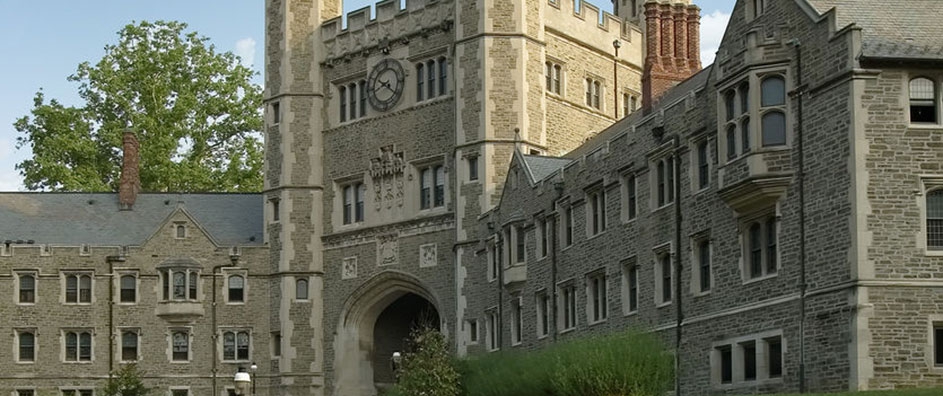
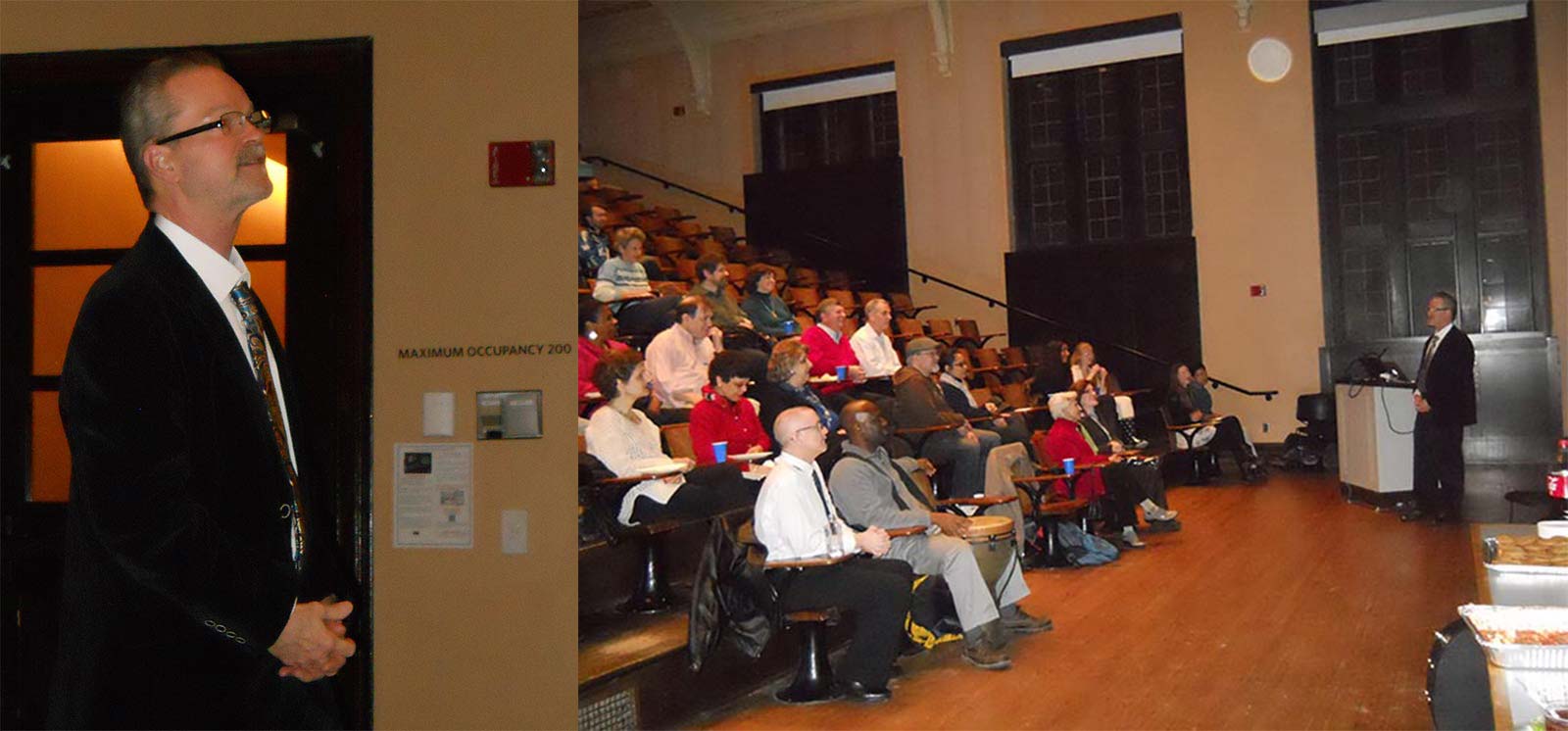

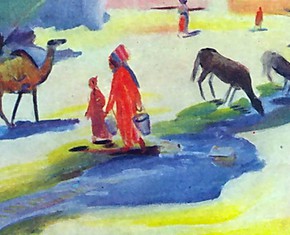

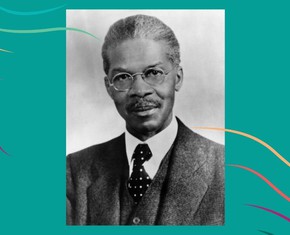







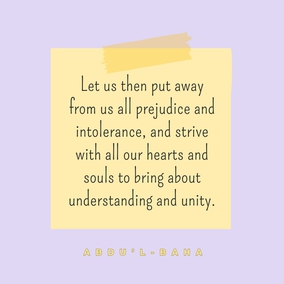

Comments
Sign in or create an account
Continue with Googleor